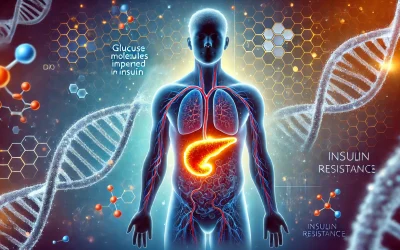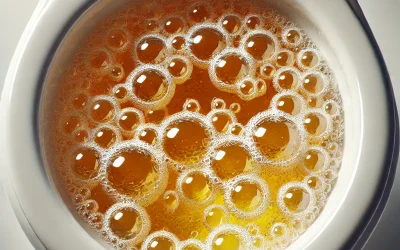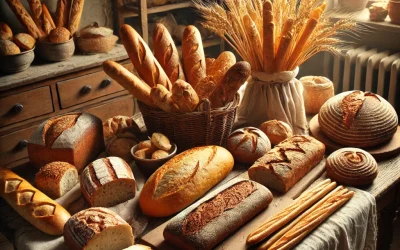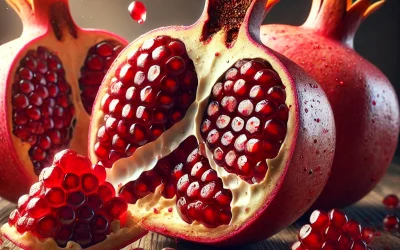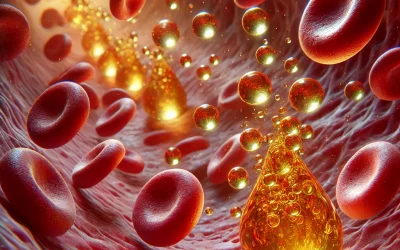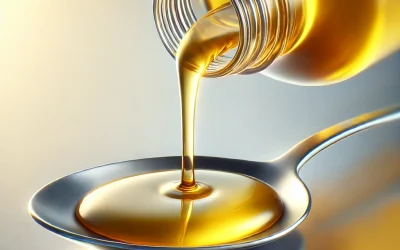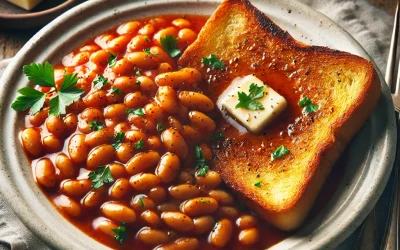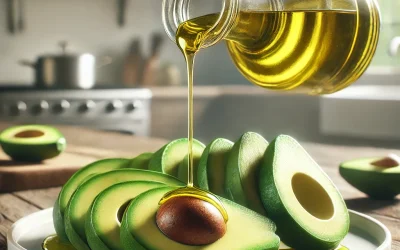Introduction
Chips and fries are staple snacks and side dishes enjoyed worldwide. However, for people with diabetes, these crispy delights can pose challenges in managing blood sugar and insulin levels. Understanding the glycemic impact of different types of chips and fries can help individuals make informed dietary choices.
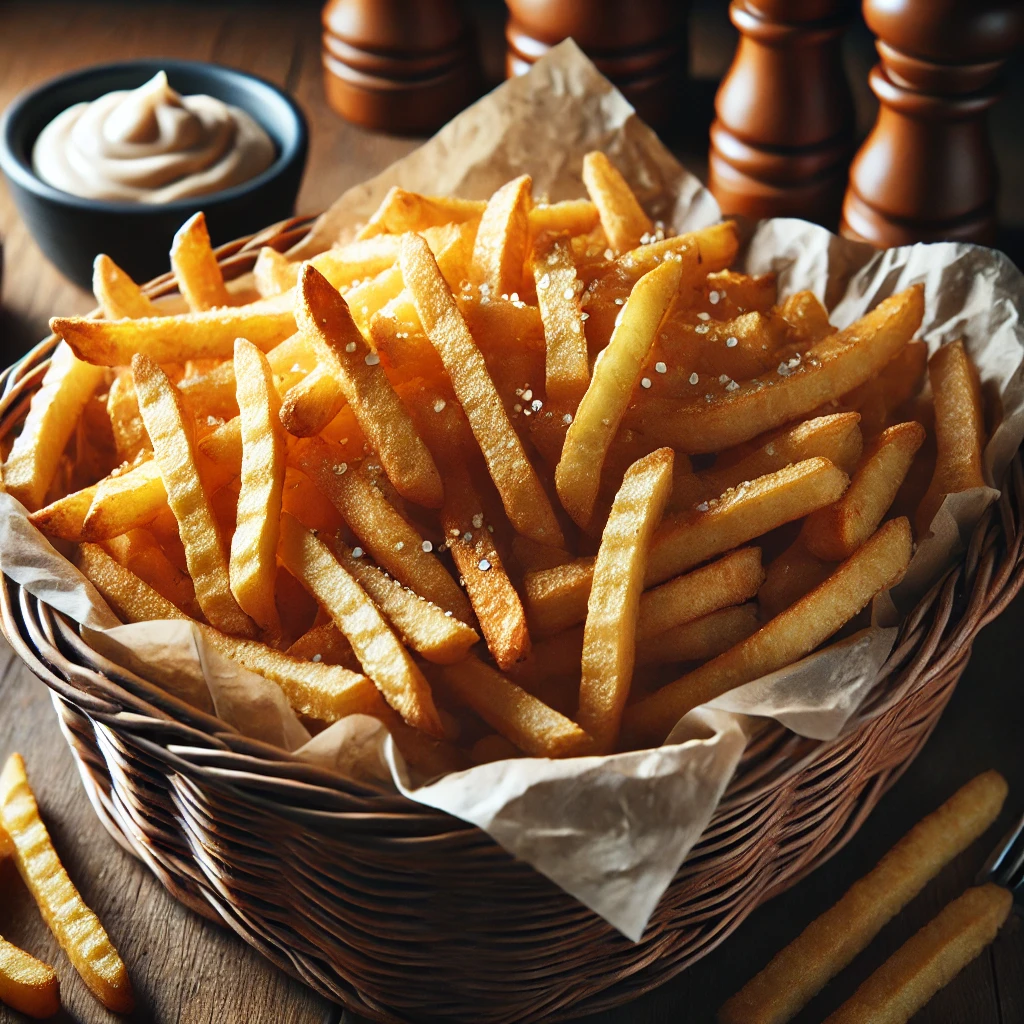
How Chips and Fries Affect Blood Sugar
Most chips and fries are made from starchy vegetables like potatoes, which contain high amounts of carbohydrates. When consumed, these carbohydrates are broken down into glucose, leading to a rise in blood sugar levels.
The extent to which chips and fries impact blood glucose depends on several factors:
- Type of Potato or Vegetable Used – Different varieties have different glycemic loads.
- Cooking Method – Deep-frying increases fat content, which can slow glucose absorption but may lead to insulin resistance over time.
- Portion Size – Larger portions increase carbohydrate intake, causing higher blood sugar spikes.
- Accompaniments – Ketchup, dips, or added salt and sugar in flavored chips can further impact insulin response.
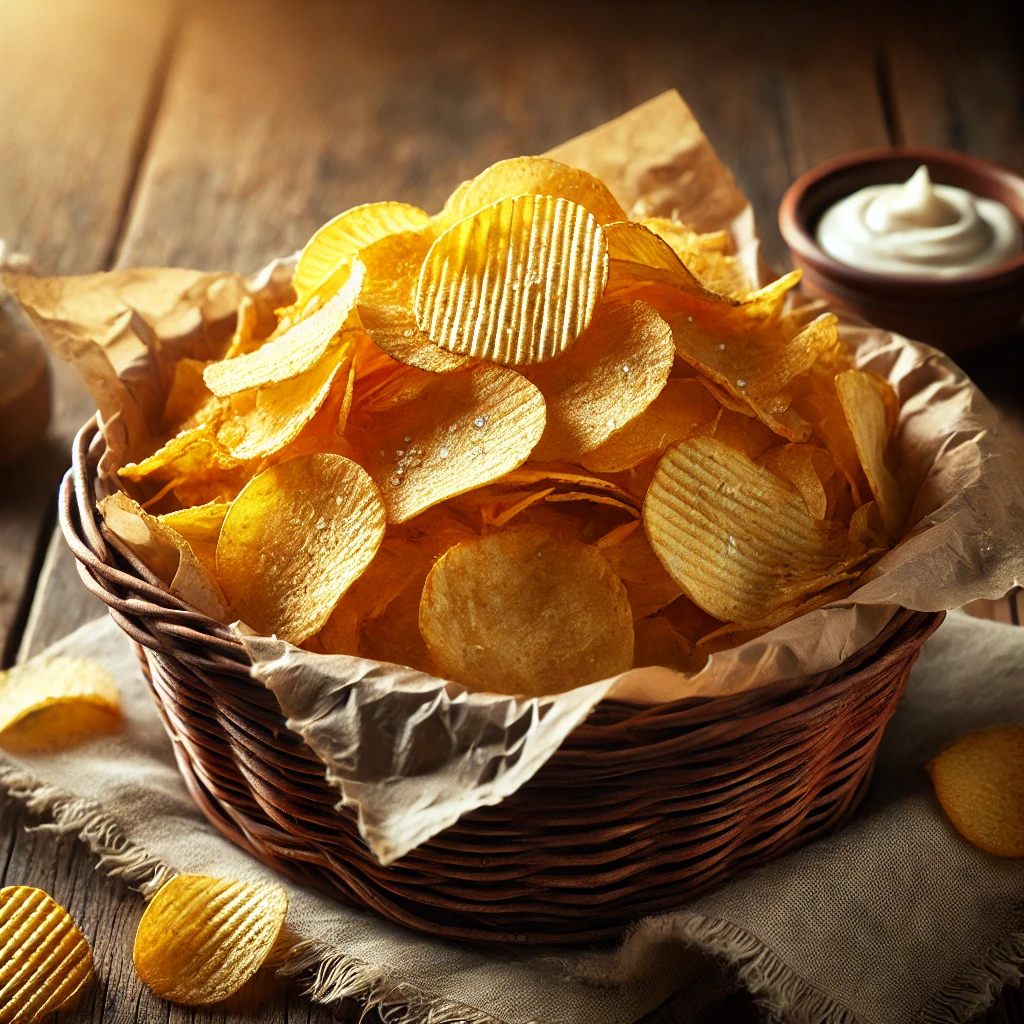
Glycemic Index (GI) and Insulin Response
The Glycemic Index (GI) ranks foods based on how quickly they raise blood sugar. Foods with a high GI (above 70) cause rapid spikes in blood sugar, whereas low-GI foods (below 55) lead to a slower release of glucose. High-fat and high-sodium content in deep-fried chips may also contribute to insulin resistance, making it harder for the body to regulate glucose levels over time.
Comparison of Different Types of Chips & Fries
The table below compares various types of chips and fries based on their carbohydrate content, glycemic index, fat content, and effects on insulin.
| Type of Chips/Fries | Carbohydrates per 100g | Glycemic Index (GI) | Fat Content per 100g | Blood Sugar Impact | Best for Diabetes? |
|---|---|---|---|---|---|
| Regular Potato Chips (Fried) | 50g | 70 | 30g | High spike, high insulin demand | 🚫 No |
| Baked Potato Chips | 60g | 65 | 15g | Moderate spike, slightly better | ⚠️ Occasionally |
| Sweet Potato Chips (Baked) | 55g | 50 | 10g | Lower spike, better insulin response | ✅ Yes |
| Sweet Potato Fries (Fried) | 45g | 55 | 20g | Moderate spike but better than regular fries | ⚠️ Occasionally |
| Air-Fried Regular Potato Chips | 48g | 60 | 12g | Moderate impact, less fat than fried | ⚠️ Occasionally |
| Vegetable Chips (Beetroot, Kale, Carrot) | 30-40g | 40-50 | 8-12g | Lower impact, higher fiber | ✅ Best choice |
| Tortilla Chips (Corn-based, Fried) | 65g | 68 | 25g | High spike due to refined corn | 🚫 No |
| Whole-Grain Tortilla Chips (Baked) | 50g | 50 | 10g | Lower impact, better than regular tortilla chips | ✅ Yes |
| Plantain Chips (Fried) | 65g | 70 | 30g | High spike, high fat | 🚫 No |
🚫 = Avoid | ⚠️ = Eat in moderation | ✅ = Better choice
Best Choices for Diabetes
- Vegetable chips (baked beetroot, carrot, kale chips) – Lower carbs, higher fiber.
- Sweet potato chips (baked, not fried) – Lower GI than white potatoes.
- Whole-grain tortilla chips – Less refined carbs than regular tortilla chips.
- Air-fried or baked chips – Avoiding deep frying helps reduce harmful trans fats.
Healthier Alternatives
If you enjoy chips but want to manage diabetes effectively, consider:
- Air-frying instead of deep frying.
- Baking your own chips at home with minimal oil and seasonings.
- Choosing lower-GI vegetables like zucchini, eggplant, and kale for homemade chips.
- Pairing chips with protein and healthy fats (e.g., guacamole, hummus) to slow glucose absorption.
Conclusion
While chips and fries can be problematic for diabetes management, making smart choices—such as opting for baked or air-fried versions with lower glycemic impact—can help reduce blood sugar spikes. Portion control and pairing chips with fiber and protein-rich foods can further aid in maintaining stable glucose levels.
Would you like me to add recipes for homemade diabetic-friendly chips?
